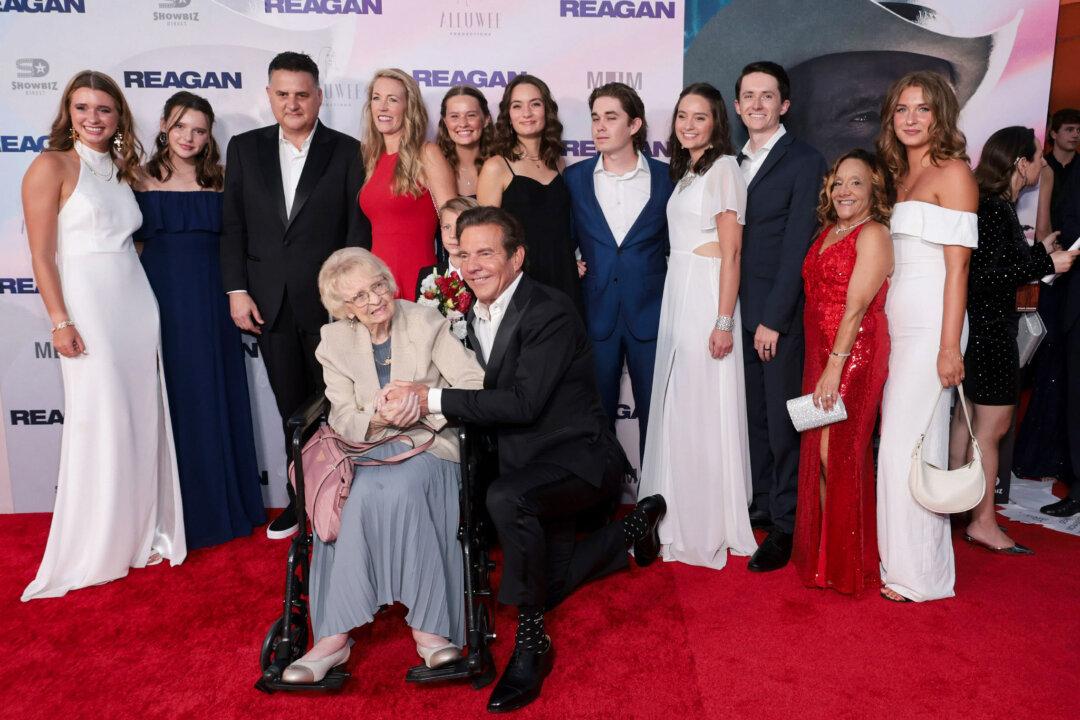Samantha Fox, the British singer whose career took off in the late 1980s, recently faced legal troubles when she was arrested for an alleged drunken disturbance on a British Airways flight destined for Munich from London’s Heathrow airport.
The incident unfolded on the runway as the plane prepared for takeoff. Reports indicate that Ms. Fox became embroiled in a dispute with another passenger, prompting the aircraft to return to the gate. Law enforcement responded to the situation by arresting a woman in her 50s on suspicion of being intoxicated on board an aircraft.
Following her detainment, Ms. Fox expressed her cooperation with the investigation and offered a sincere apology for any disruption caused. Passengers were required to disembark, and arrangements were made for them to stay in a hotel overnight. The flight eventually resumed the next day.
Ms. Fox initially gained public attention as a Page 3 girl in the Sun UK tabloid from 1983 to 1986. Transitioning to a music career, she released her debut album in 1986 under Jive Records, which achieved top-10 status across Europe, North America, and Australia, reaching number one in several countries.
Ms. Fox has also become a familiar face on talk shows and reality TV. Now, the 56-year-old artist faces legal repercussions for her alleged involvement in the disruptive incident on the British Airways flight.
Airline Disruptions
This outburst comes as more airlines are reporting passenger disruptions.The FAA, for instance, recorded 2,455 unruly passenger reports in 2022, a decrease from the record high of just under 6,000 in 2021 during the Omicron spread but an increase from 554 in 2017. While these incidents involve only a minority of the approximately 4.3 billion annual air travelers (pre-COVID-19 pandemic), the impact on the safety of other passengers and crew is disproportionate, as emphasized by the IATA. Dutch airlines are contemplating the sharing of no-fly lists as a potential measure.
A trend of “passenger shaming” videos surfaces regularly on social media, showcasing mid-flight meltdowns. Examples include a Toronto-bound flight diverted to Montreal after a passenger’s disruptive behavior necessitated restraint by flight attendants. Another incident involved a woman on a Frontier Airlines flight from Orlando to Philadelphia, who, in her haste to deboard, exposed herself and shouted expletives. Yet another chaotic Frontier flight, from Houston to Denver, witnessed a passenger, alleging a kidnapping, wrestling with airline employees and climbing over rows of seats. In June, a Delta Airlines flight from Paris to Detroit diverted to Stephenville, Canada, due to an intoxicated passenger’s violent behavior, requiring restraint by fellow passengers. Earlier in the year, an American Airlines passenger reportedly attempted to breach the cockpit after being denied a drink.
The surge in unruly passenger incidents is not a new phenomenon. Pre-pandemic, statistics from IATA indicated a rising trend, prompting discussions on the issue. The European Union Aviation Safety Agency initiated the #notonmyflight campaign in 2019 to enhance passenger awareness.
Despite fewer flights during the peak COVID years, the United States experienced an increase in reported incidents, reaching record highs in early 2021. Altercations often centered around face mask mandates, with flight attendants anticipating potential violence.
While reported incidents in the United States have decreased since then, they remain higher than pre-pandemic levels. IATA and FAA data provide insights, but not all airlines within IATA submit data, and not every airline records every instance of unruly behavior. The ongoing discourse surrounding disruptive passengers involves tightening regulations by aviation authorities, vocal advocacy by flight attendants, and inquiries by aviation experts into the root causes and potential solutions.
IATA classifies unruly behavior incidents into four levels, ranging from “minor” to “flight deck breach.” The latest available data from 2022 indicates that most incidents involve non-compliance, verbal abuse, and intoxication, posing potential threats to flight safety.







